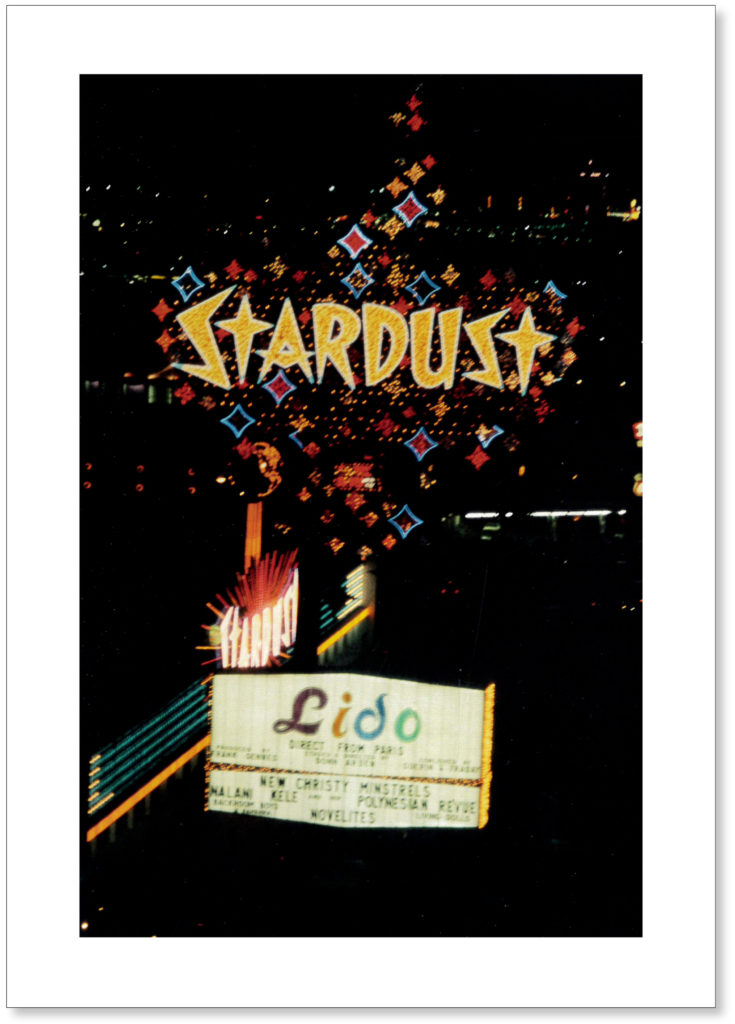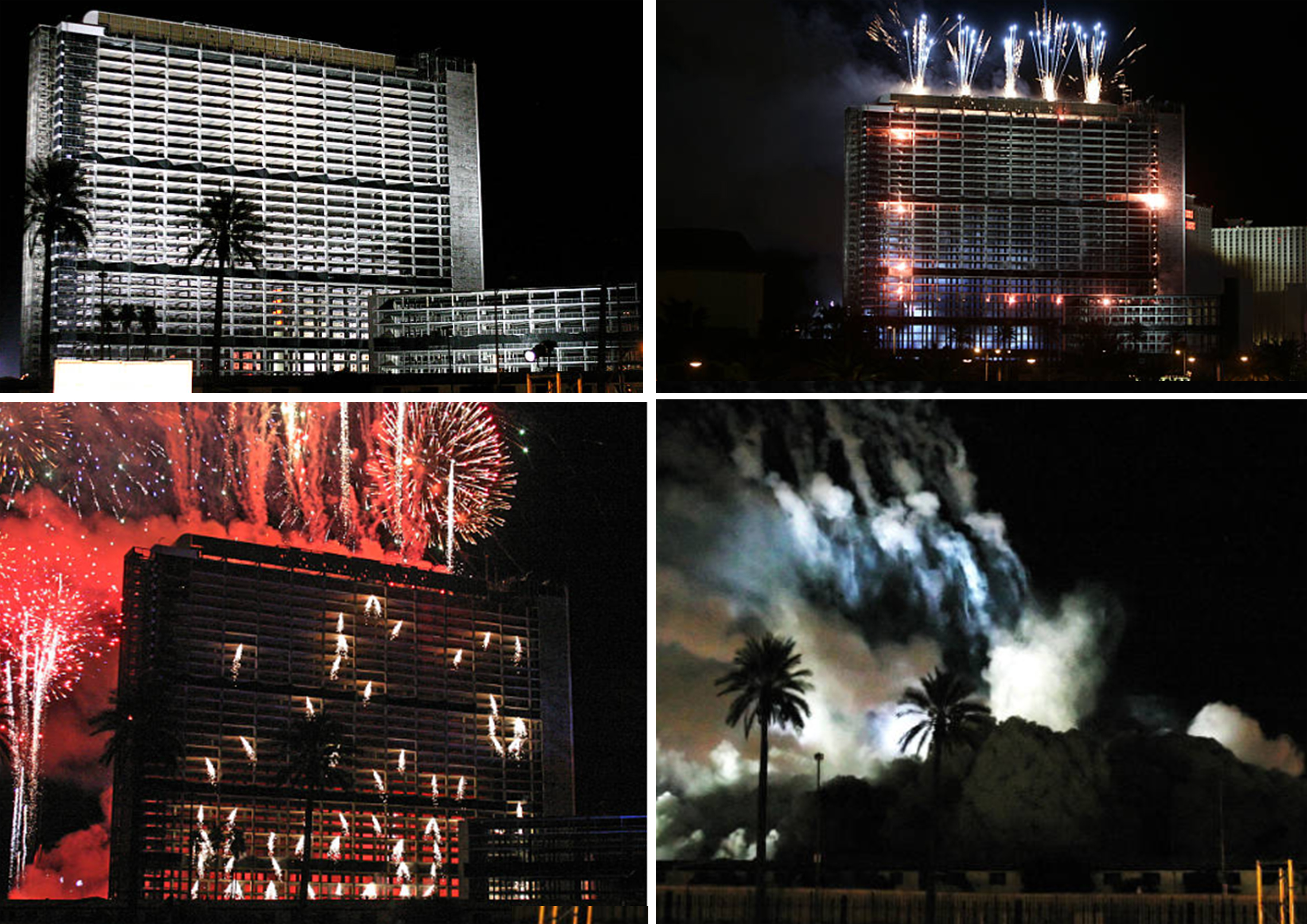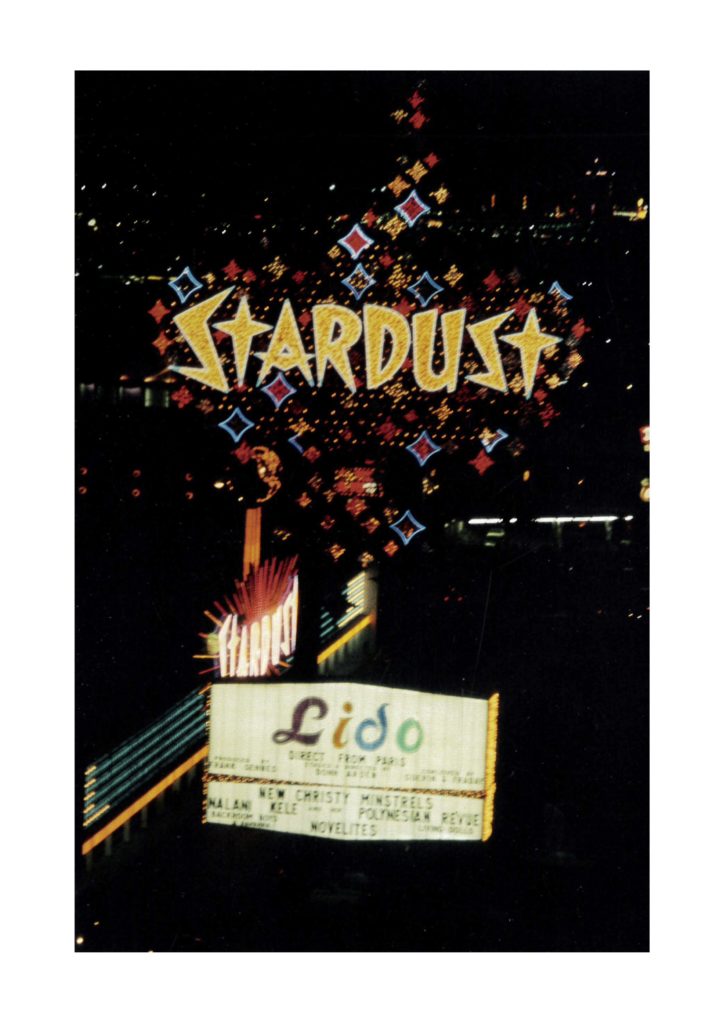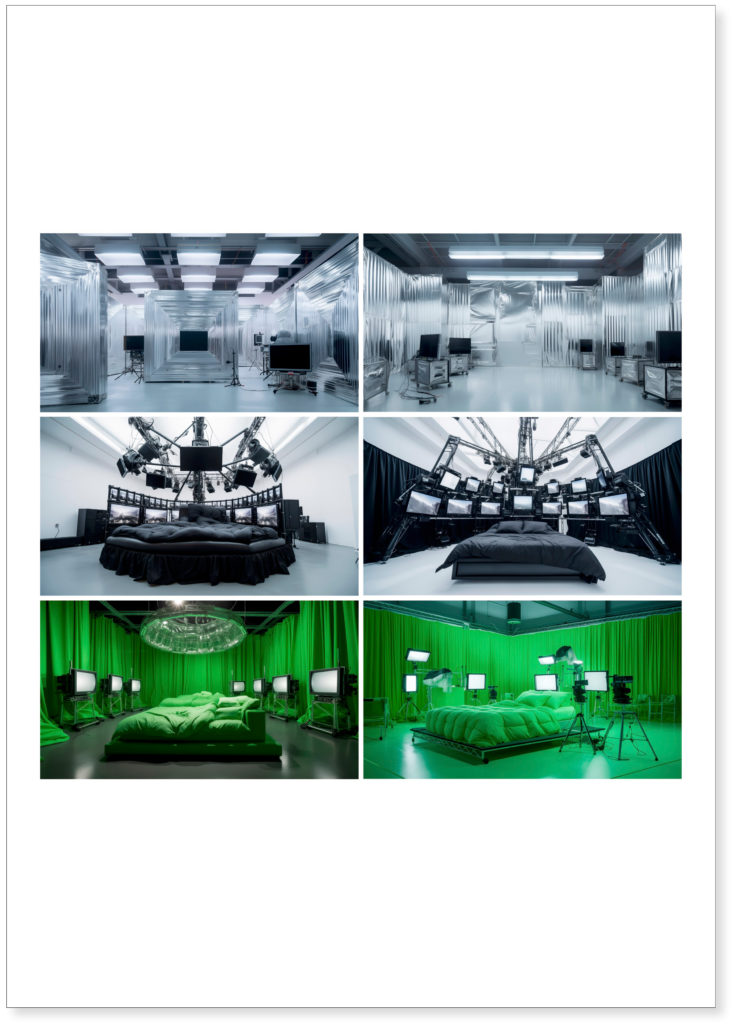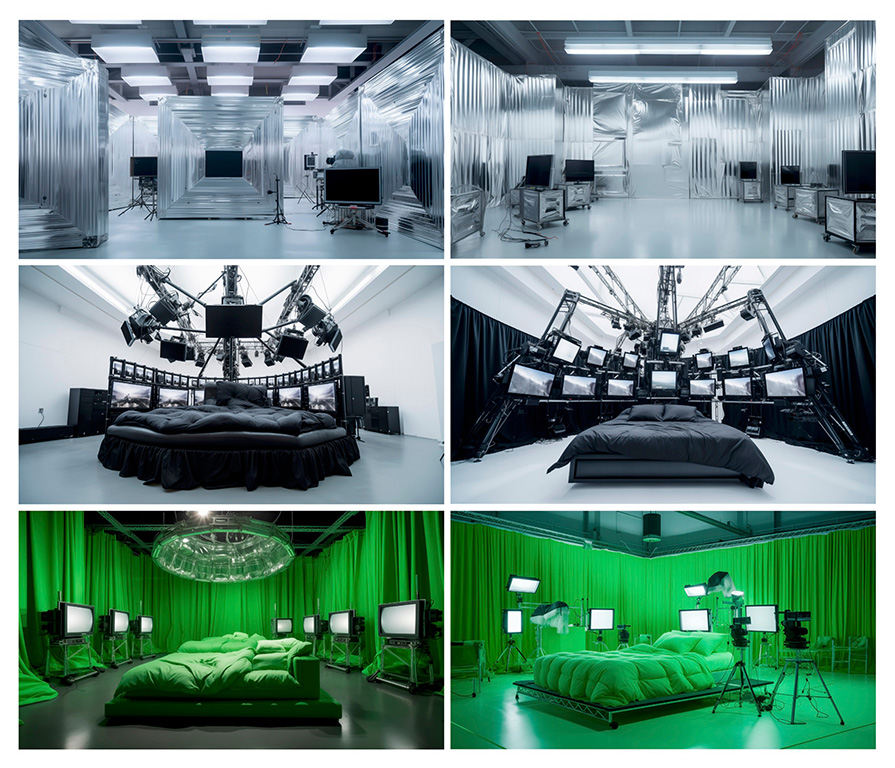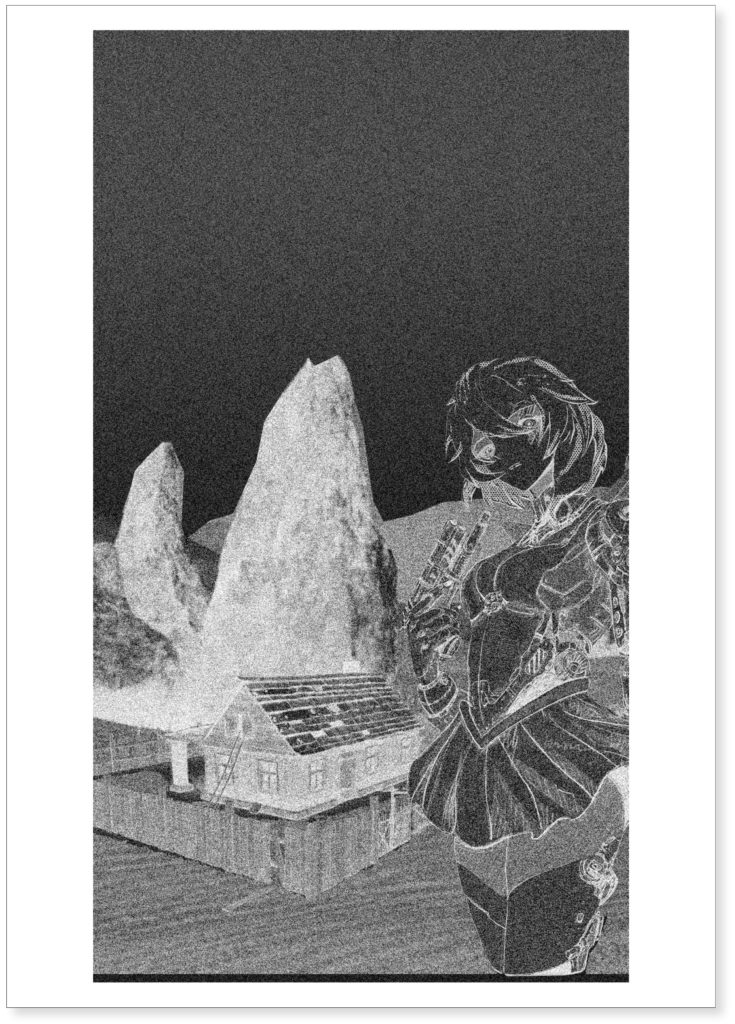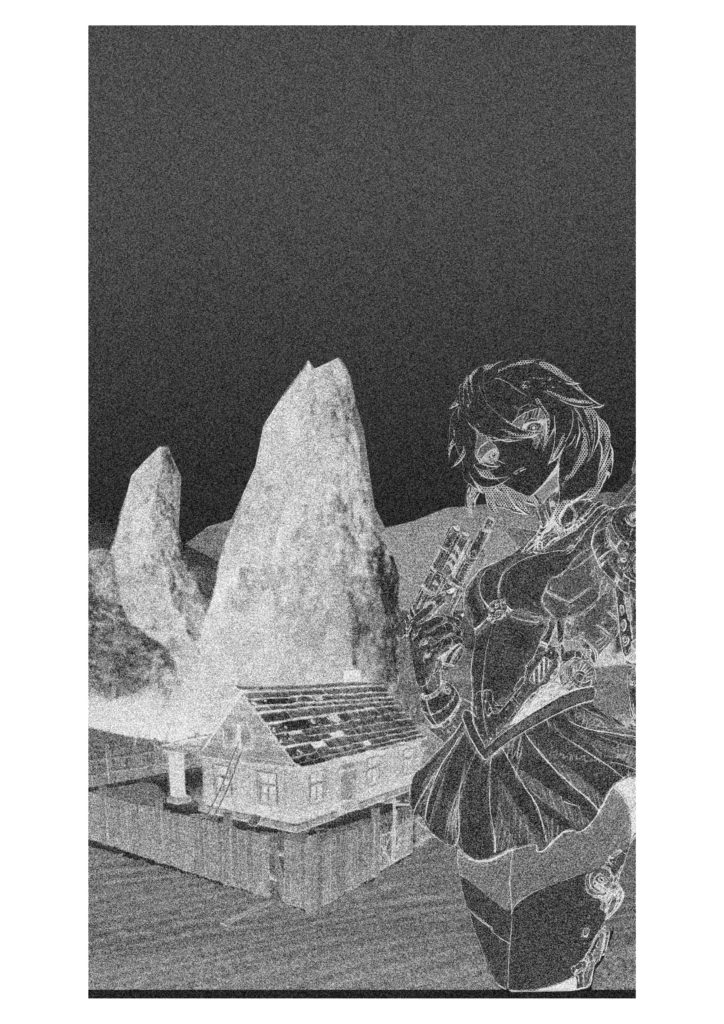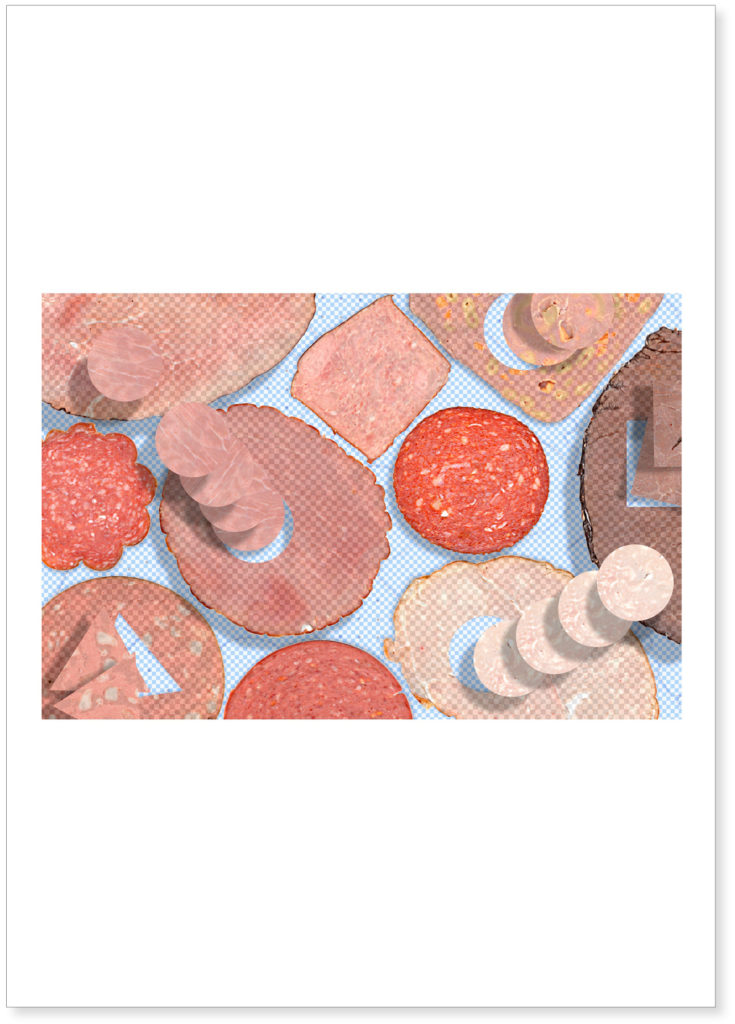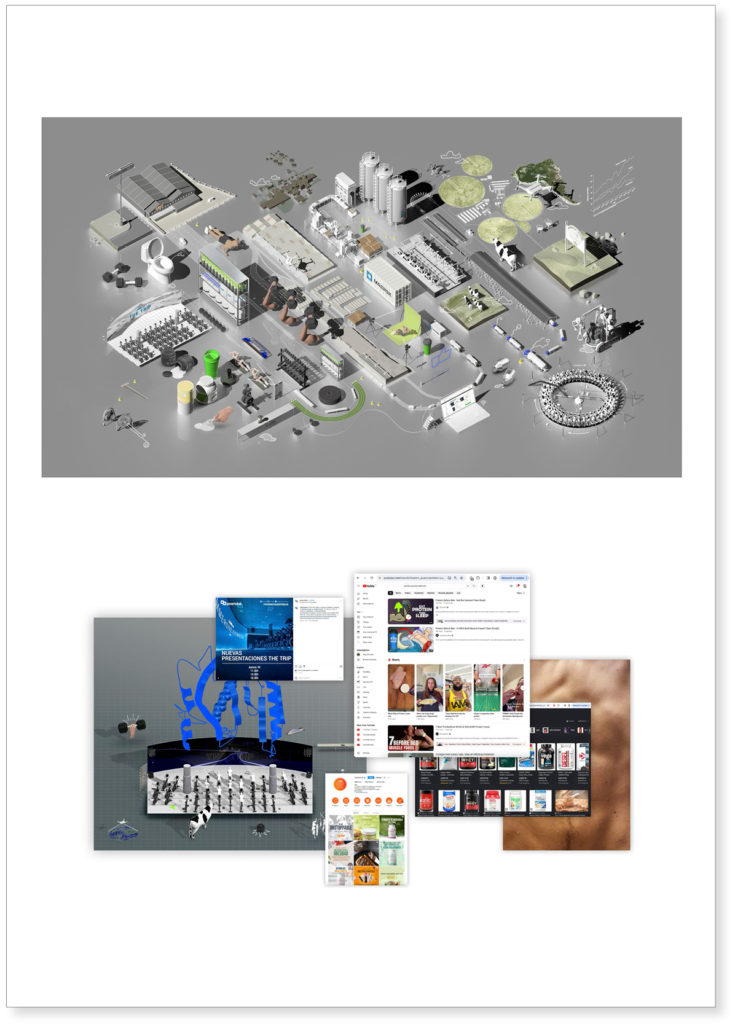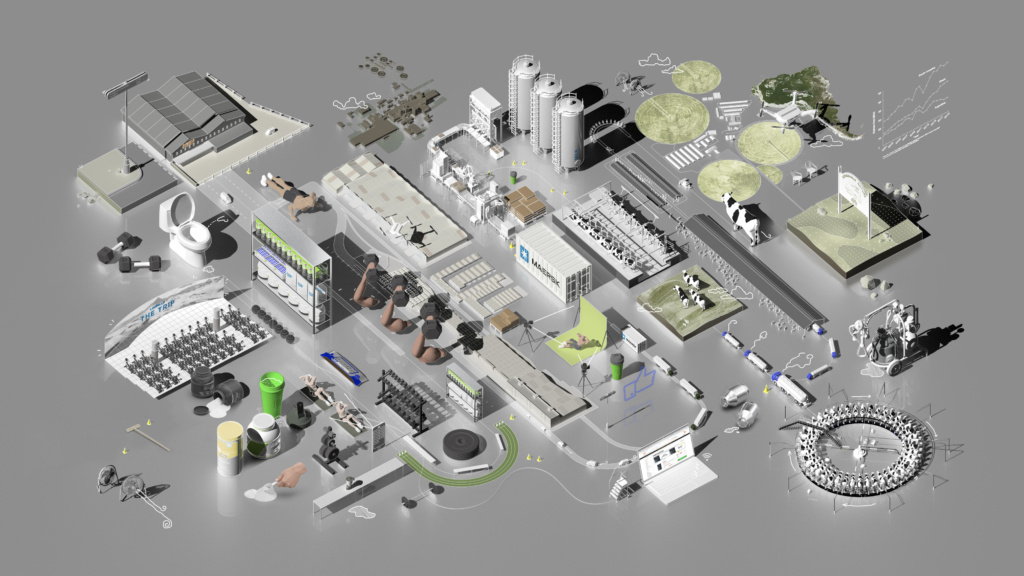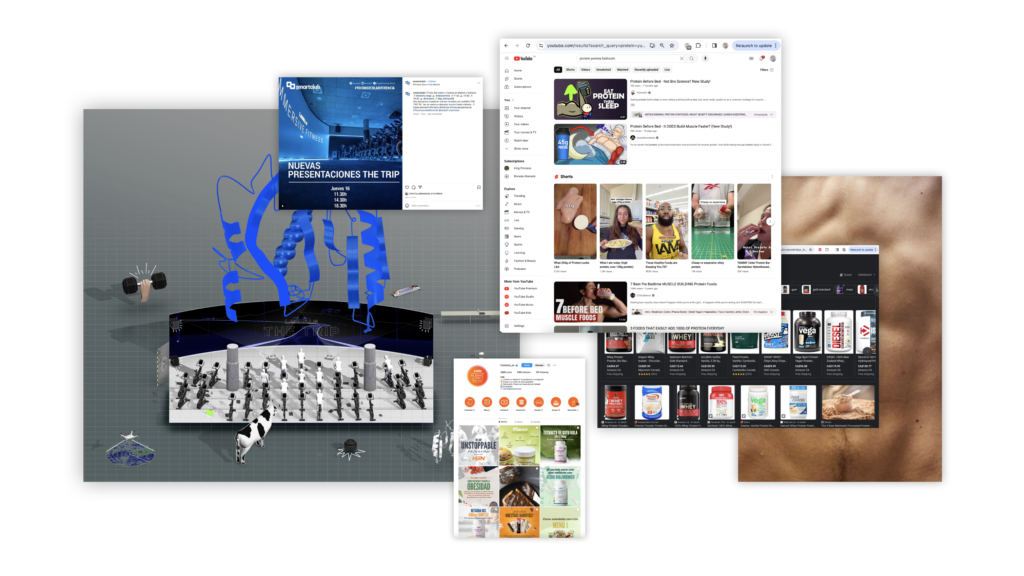Editorial
CARTHA
Commonly associated with self-indulgence or, worse, only accepted as an antidote to work or productivity, the long history of “fun” has codified it as something distinct from labour, and often in total opposition to it. As the year went by, we repeatedly found ourselves conceptualizing the definition of “fun” in opposition to something else: fun […]
Commonly associated with self-indulgence or, worse, only accepted as an antidote to work or productivity, the long history of “fun” has codified it as something distinct from labour, and often in total opposition to it. As the year went by, we repeatedly found ourselves conceptualizing the definition of “fun” in opposition to something else: fun as opposed to work, as opposed to boredom, to misery. Perhaps it’s time to resituate fun as a main priority.
What started as an “open call for fun” early in 2024 has shifted in tone as we slide into the end of the year. It might seem odd to now publish an issue focusing on fun against a backdrop of a world consistently devastated by appalling events. This 2024 issue stems from wanting to find ways to deal with the absurdity of the things we cannot change, by looking at the ways architecture might create space for joy. Shifting from the perspective of infrastructures for fun, such as Cedric Price and Joan Littlewood’s iconic Fun Palace, we keep coming back to the question: what, rather, is an architecture of fun? Can we borrow from existing architectures of fun, by playing them like a script or score that people can relate to and build community from? In this evolving definition, having fun can be an act of resistance.
Sincere Fun, the title of this cycle, differs from “just fun” as, in order to be sincere, it has to be aware of both the context in which it takes place, and of the consequences of it happening: Sincere Fun is never frivolous or naive, it is always holistic and humanizing. Sincere Fun is Camp: in the words of Susan Sontag– to “dethrone the serious,” oscillating between seriousness and fun, balancing the line between being fun and making fun of, calling for the consolidation of seemingly opposing concepts in a perverse but generative way. The ability to have fun is both reliant on a social condition that permits the act, and space to house the act. Centered on two events, this cycle explored the possibilities of integrating play into work and life through performance and conversation, with posters and recipes, to call for a kind of fun freed from its defensive position, into one of connectivity and growth.
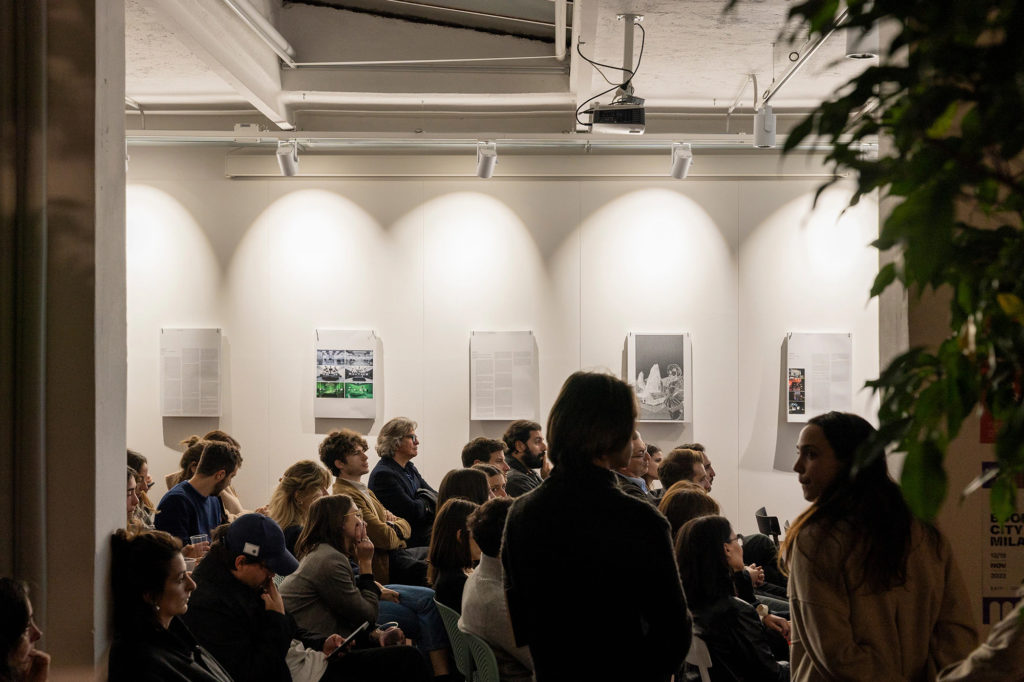
New Perspectives between Publishing and Architecture at Bookcity with Park Associati, Milan, Italy. Photo by Nicola Colella.
Bookcity, Milan, Italy
During the 2023 edition of Bookcity in Milan, Cartha was invited by Park Associati to host the event “New Perspectives Between Publishing and Architecture.” For the occasion, Cartha invited local architects Ganko, Parasite 2.0, (ab)normal, and Matilde Cassani—all previous contributors to the magazine—to reflect on the theme through posters and texts, which were showcased and discussed during the event.
Parasite 2.0 examined the evolution of entertainment spaces and media, tracing a trajectory from cinema to television and digital platforms, highlighting how these shifts have redefined the boundaries between public and private spaces. Matilde Cassani, inspired by the seminal architectural thesis Learning from Las Vegas, reflected on the city’s vibrant lights and billboards as tools of architectural communication and delving into the interplay of irony and reality in capturing the city. In a similar context, Parasite 2.0 investigated the symbolic and architectural significance of deserts, examining their historical role in spiritual introspection and radical creativity, connecting ancient religious contexts to contemporary experiments like Burning Man and Neom. Finally, Ganko drew inspiration from John Belushi’s tortuous career to explore the relationship between craft and fun, arguing that architecture, being deliberate and precise, contrasts with the spontaneous and irregular nature of fun.
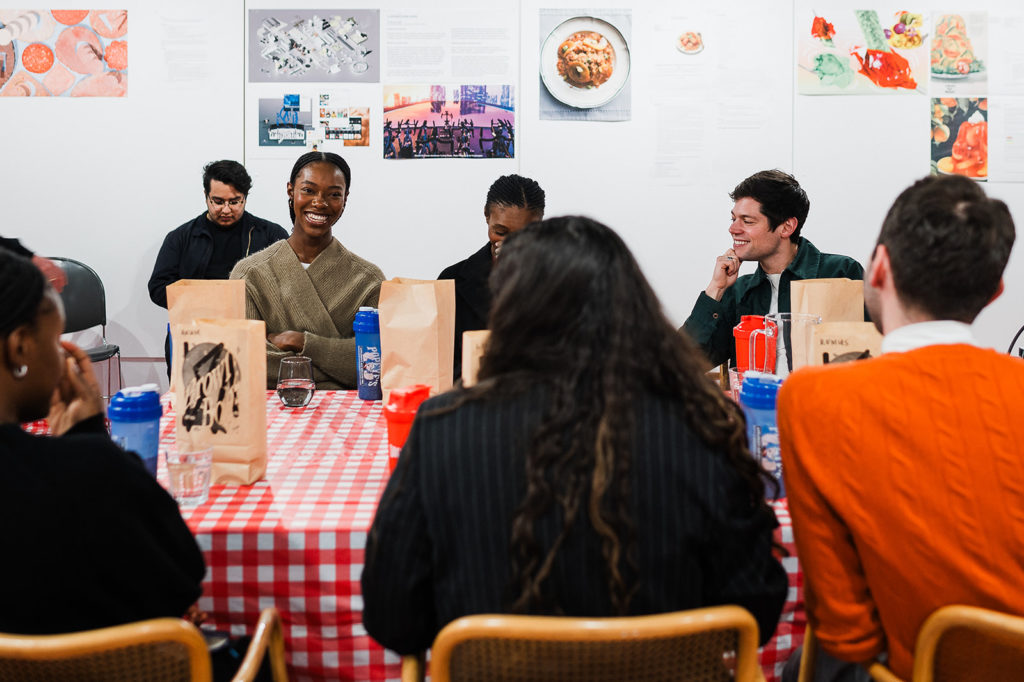
Brown Bags at Architecture 2 Gallery, Winnipeg, CA. Photo by Izabela Rachwal.
Architecture 2 Gallery, Winnipeg, Canada
On March 18, 2024, “Brown Bags” brought together artists and designers in the Architecture 2 Gallery in Winnipeg, Canada. Designed by Radu Remus Macovei and Edward Wang, the event approached Sincere Fun by expanding on their series of food activations that open up new avenues to discuss queer space and aesthetics. It began with a play on the format of a Brown Bag Lunch: bringing lunch to work, school, or a “lunch and learn,” the brown paper bag is an iconic vessel for midday consumables. Six guests from Zurich, Toronto, Chicago and Winnipeg were invited to respond to a “Call for Recipes” that fit within a brown paper bag, providing an image and a recipe that materializes their idea of queer architecture.
Miles Gertler’s “Clickbait Protein Shake” tracked the industrialization of protein powder into the design of the self, pairing a protein shake made from 100% whey-based protein from a “canister of heroic proportions” with an audience-led YouTube slot machine lottery. Mercedes, Akum and Ekene Maduka queered a traditional West African Jollof rice recipe with a sweet and savory blend that turns the longstanding debate of Who does it best? into What can we learn from each other?, transforming the geography of a dinner table into an open and inclusive space. Lindsey Krug disassembled “Lunchables” from an American cafeteria status symbol into a bricolage kit of offcuts inspired by Jack Halberstam’s “low theory” from The Queer Art of Failure. In a similar subversion, Remus Macovei’s “Jiggly Jelly Family Fruit Salad” queers a 20th-century domestic staple–molded Jell-O salad—by combining super-saturated contrasting flavours of lime, cherry and lemon Jell-O with fresh ingredients like cucumber, strawberries and cured ham.
Within the limited scope of this issue, fun emerges from right under our noses. Concealed as the “other,” fun is rather a blissful feeling you enjoy when, after acknowledging the constraints of our common realities, you succeed in finding it in a bowl of Jell-O, or on a Stardust billboard. Straying from our usual online essay structure, what the event format has highlighted is the significance of shared conversation to celebrate these moments of fun as acts of collective resistance, like contagious laughter in a crowd. Looking forward, can fun untie itself from the dichotomy of work and leisure by showing up sincerely, a humble critic in a culture seeking heroes.
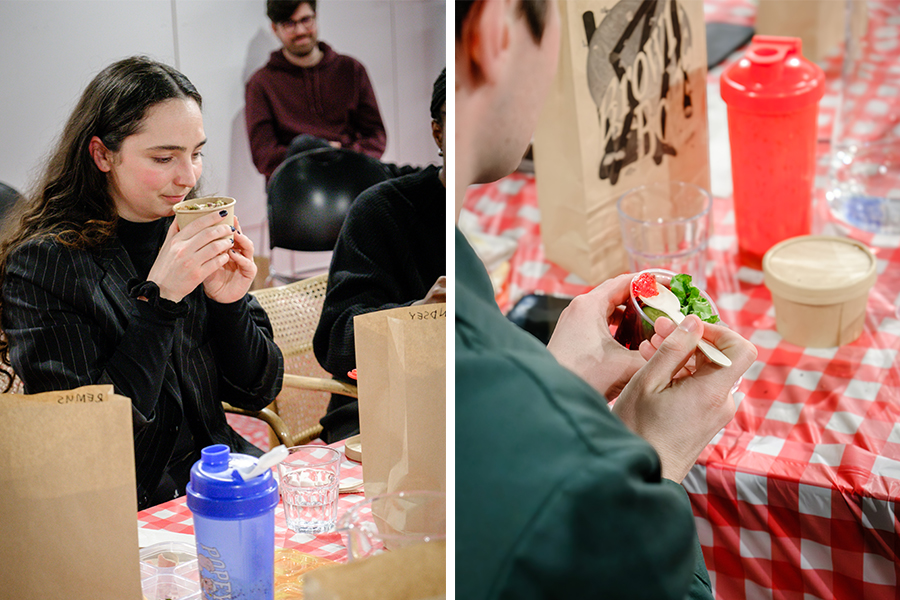
“Brown Bags” at Architecture 2 Gallery, Winnipeg, Canada. Photos by Avi Sekhri.
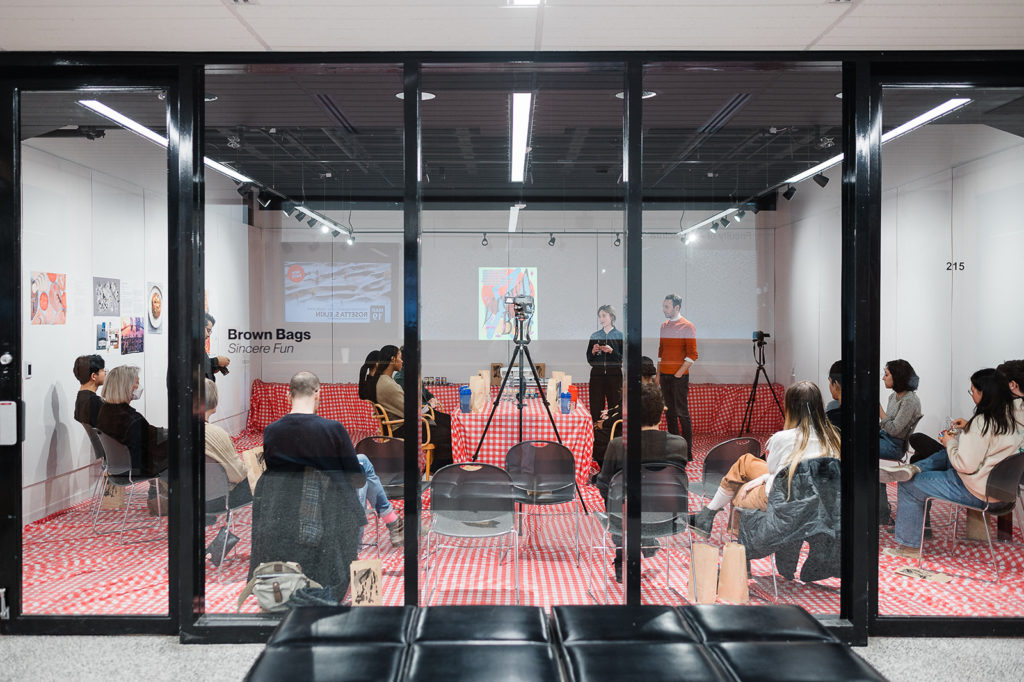
“Brown Bags” at Architecture 2 Gallery, Winnipeg, Canada. Photo by Izabela Rachwal.
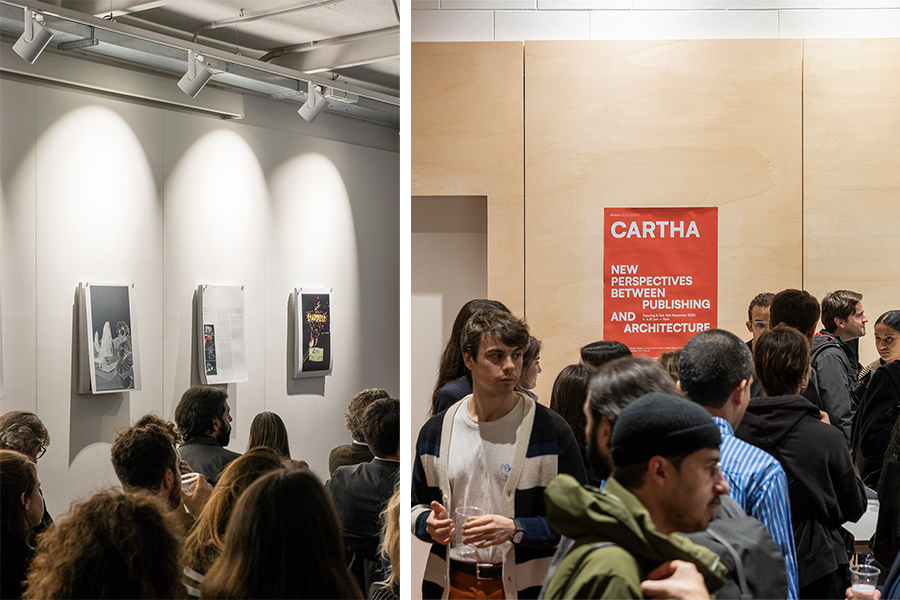
New Perspectives between Publishing and Architecture with Park Associati for Bookcity, Milan, Italy. Photos by Nicola Colella.
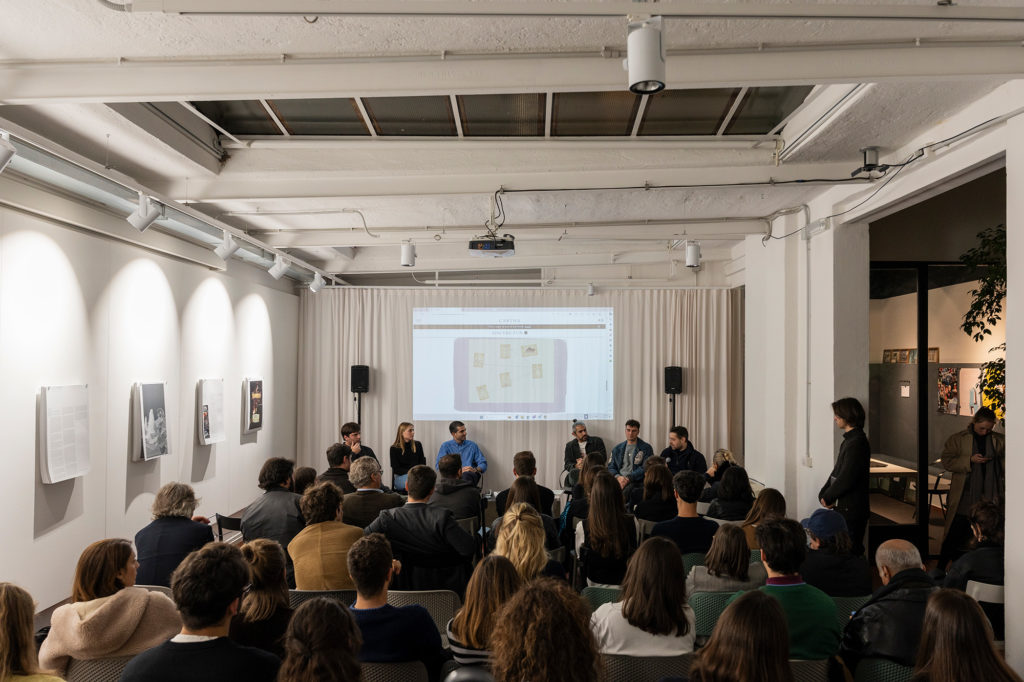
New Perspectives between Publishing and Architecture with Park Associati for Bookcity, Milan, Italy. Photo by Nicola Colella.
